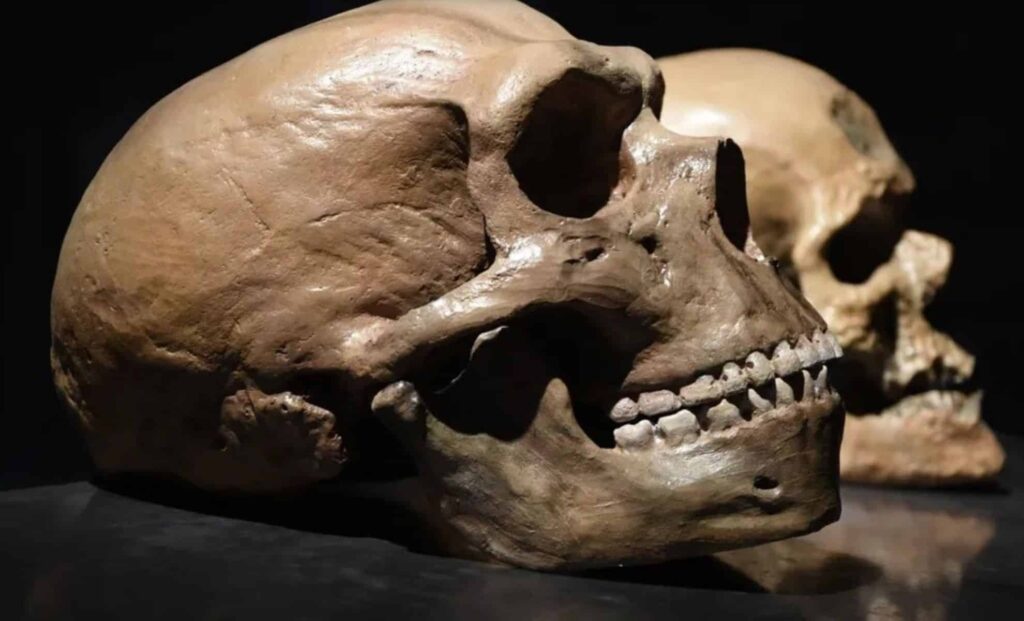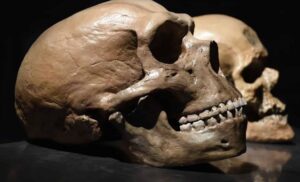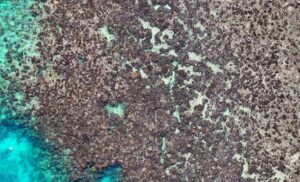
A breakthrough in human evolutionary research has unveiled the location where Homo sapiens and Neanderthals first crossed paths. Contrary to long-held beliefs, this pivotal meeting occurred not in Europe’s distant caves, but high in the Zagros Mountains—a remote region intersecting modern-day Iran, Iraq, and Turkey. This discovery, detailed in a recent study published in the journal Nature, sheds new light on our shared evolutionary history.
For centuries, the precise location of this encounter remained a mystery. Now, thanks to groundbreaking genetic and archaeological research, we have a clearer picture of the interactions between these two ancient human species. The findings not only challenge previous assumptions but also highlight the significance of the Zagros Mountains as a critical corridor for human migration during the Pleistocene era, between 60,000 and 40,000 years ago.
The Zagros Mountains: A Crossroads for Ancient Humans
The Zagros Mountains stretch across a vast expanse, forming a natural barrier between the cooler northern regions of the continent and the warmer climates to the south. Often overlooked by the general public, this mountainous range served as an essential pathway for early human migration. As climatic conditions shifted, populations of early humans moved across the region, responding to environmental changes.
Neanderthals, already well-established in Europe and Western Asia, began migrating southeast. Meanwhile, Homo sapiens, emerging from Africa, continued their northward expansion. In the challenging terrain of the Zagros, the paths of these two species intersected, marking a critical juncture in human evolution.
Genetic Traces of an Ancient Legacy
The encounter between Homo sapiens and Neanderthals was not merely a fleeting one. Evidence suggests that the two species interbred, leaving a lasting genetic legacy. Modern genetic analyses reveal that between 1% and 4% of the DNA in non-African humans today is derived from Neanderthals. This genetic overlap has profound implications for our understanding of human biology.
Between 1% and 4% of the DNA of every non-African human today is derived from Neanderthals.
This ancient hybridization has influenced various aspects of our biology, including our immune system, sensitivity to pain, and even responses to diseases like COVID-19. Neanderthal DNA is present in key genetic markers that affect disease susceptibility and other physical traits, establishing it as a fundamental component of the modern human genome.
A Meeting Ground for Two Human Species
This new study challenges the long-held view of a clear separation between Homo sapiens and Neanderthals. Rather than evolving in isolation, these species shared a more complex and intertwined history. The Zagros Mountains, far from being a mere backdrop, served as a central hub for genetic exchange.
Archaeological discoveries in the region have unearthed numerous ancient sites, providing evidence that these groups did not simply coexist but intermingled. The findings suggest multiple waves of contact and reproduction, resulting in a genetic exchange that has shaped the human genome as we know it today.
Climate and Geography: Key Players in Human Evolution
The Zagros Mountains were more than just a meeting place for two species. The region’s geography and climate played a significant role in facilitating their interaction. During the Pleistocene, the area offered a mix of environmental conditions suitable for both species.
The varied landscapes and elevation changes provided a diversity of habitats, allowing Neanderthals and Homo sapiens to coexist and thrive. Additionally, the climate influenced their migration patterns, guiding both groups to the mountains as they adapted to global weather changes.
These findings are groundbreaking for paleontology and offer a fresh perspective on the role of climate and geography in shaping ancient human interactions. The Zagros region, once considered marginal, is now recognized as a central point of convergence in early human history.
As researchers continue to explore this region, the implications of this discovery are likely to expand our understanding of human evolution, offering new insights into how ancient human species interacted and evolved together.





